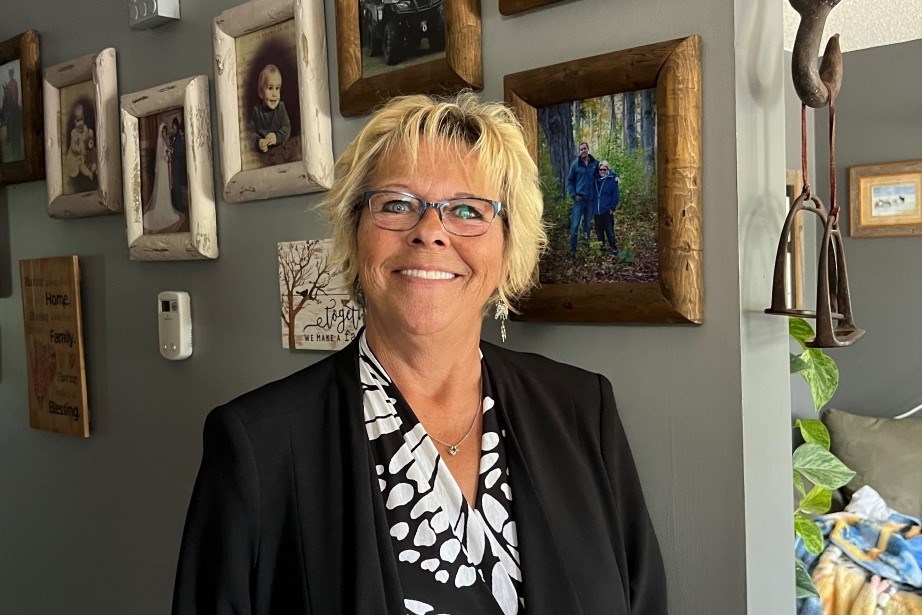As the summer days begin to wane and the scent of freshly-sharpened pencils fills the air, a new school year beckons.
For many families, the return to school is a time of excitement and anticipation, yet amid the preparations and back-to-school shopping, it is essential to reflect on what this season means for every child, especially those who may feel marginalized or excluded.
Back-to-school season is not just a return to academics, but a re-entry into social environments that will shape young minds and hearts. Schools are more than just places of learning, they are communities where children develop their sense of self, build relationships, and form their understanding of the world.
This makes it crucial to ensure that every child feels included, valued and supported in these environments.
Inclusion in education is not a new concept, but it remains a pressing issue. Despite significant strides in creating more inclusive classrooms, many children still face barriers, whether they be physical, social or emotional, which may hinder their ability to fully participate in school life.
These barriers can be particularly pronounced for children with disabilities, those from minority backgrounds or those struggling with socioeconomic challenges. The issues of exclusion are severe and far-reaching, impacting not just he individual child but the broader school community.
When a child is excluded, it affects their academic performances, self-esteem and overall well-С����Ƶ.
Studies have shown that children who feel isolated or marginalized are more likely to experience anxiety, depression and a host of other mental health issues. These can lead to a downward spiral of disengagement from school, creating long-term consequences for the child’s future prospects.
Moreover, exclusion does not just harm the individual, it weakens the entire school community. When some children are left out, it fosters an environment of division rather than unity.
Classrooms that fail to embrace diversity miss out on the rich perspectives and experiences that come from a truly inclusive environment.
This loss is felt by all students, who miss the opportunity to learn empathy, understanding and the value of different viewpoints.
The importance of inclusion extends beyond the classroom walls. In today’s increasingly diverse society, the ability to interact with people from different backgrounds and with varying abilities is a critical life skill.
Schools have a unique role in preparing students for this reality. By fostering an inclusive environment, educators are equipping all students with the tools they need to navigate a complex world.
So, how can we ensure that every child feels included as they return to school? The answer lies in a multifaceted approach that involves educators, parents and students themselves.
Educators must be at the forefront of this effort. Inclusive teaching practices are essential, and this includes everything from differentiated instruction that meets the needs of all learners to creating a classroom culture that celebrates diversity.
Teachers need to be proactive in identifying and addressing barriers to participation, whether that means providing additional supports for students with learning disabilities or ensuring that classroom materials reflect a wide range of cultural perspectives.
Parents also play a crucial role. By fostering open communication with teachers and advocating for their children’s needs, parents can help ensure that their child, and others, receive the supports necessary to thrive.
Parents can also model inclusive behaviour at home, teaching children the importance of kindness, respect and understanding towards others who may be different from them.
Students themselves are key to creating an inclusive school environment. Encouraging children to stand up against bullying, to reach out to classmates who may be struggling, and to celebrate differences can go a long way to making schools more welcoming places for all.
As we usher into a new school year, let us make a collective commitment to inclusion. Let us ensure that every child, regardless of their background, abilities, or circumstances, feels valued and supported.
By doing so, we can create schools that are not just places of learning, but communities where all children can grow, thrive, and reach their full potential.
This school year, let us make inclusion the norm, not the exception, and ensure that every child finds their place in the school community.






